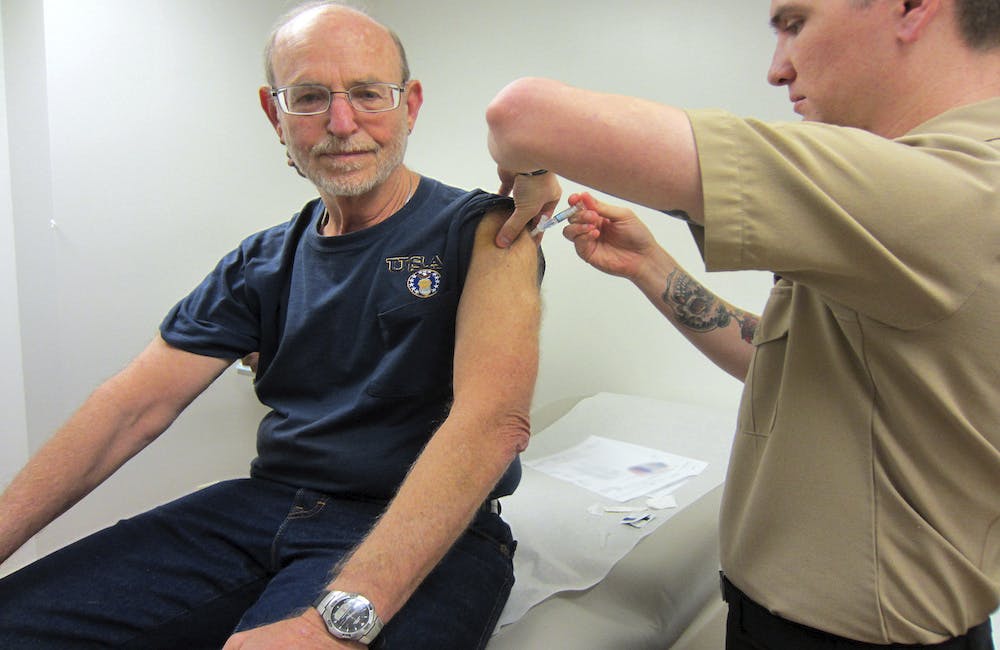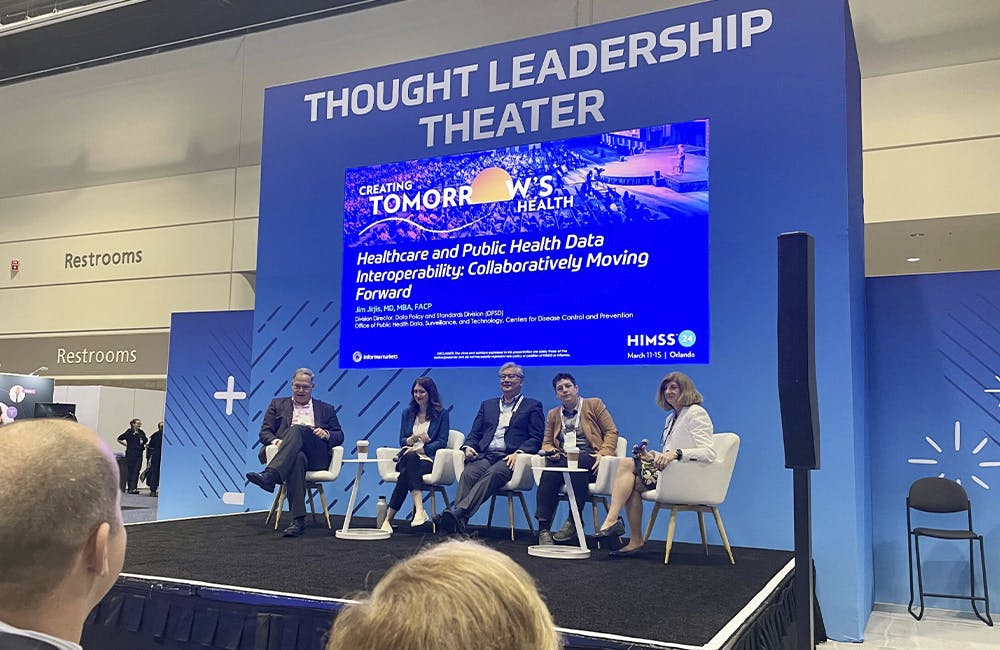CMS Aims to Expand APIs to Increase EHR Interoperability
The agency looks to build on Blue Button 2.0, Data at the Point of Care and other APIs this year.

The Centers for Medicare and Medicaid Services is pushing forward several application program interface solutions and policy efforts to continue moving toward a connected, interoperable electronic health record system.
At a roundtable for the Defense Department and Department of Veterans Affairs Wednesday, CMS Deputy Chief Health Informatics Officer Alexandra Mugge presented the agency’s progress in working toward interoperable health care systems within the timeline framework of the agency’s Interoperability and Patient Access Proposed Rule — a plan CMS released early last year that emphasizes patients’ ability to access their health information.
The proposed rule provides a timeline of policies that support interoperability across all CMS stakeholders — a unique aspect in that most CMS rules are focused on individual populations the agency serves. In total, this effort would impact 125 million patients.
CMS’s Interoperability and Patient Access Proposed Rule built off of preexising initiatives, such as making data available in the Virtual Research Data Center and the launches of MyHealthEData and Blue Button 2.0. Throughout 2019, providers then became required to use 2015 Edition Certified EHR Technology, and CMS pushed to promote interoperability requirements for providers.
Moving forward this year, Mugge underscored the importance of APIs. This year, for instance, the rule calls for APIs to make payer provider directories and patient healthcare claims information available.
As CMS builds out these APIs over the course of 2020, CMS Innovation Center models will require interoperability and health data exchange, and payers must participate in trust networks for health information exchange.
By late 2020, there will be public reporting of providers and hospitals that block data or do not have an electronic address. These steps reinforce EHR interoperability across the board for all stakeholders for the sake of the patient.
“If the patient is having a life-changing event that is admitted to the hospital, their doctor should know about it when they’re discharged,” Mugge said. “The doctor should be alerted so that if there’s follow-up care required, that doctor can make sure to shout and proactively ensure that their patient is getting the follow-up care that they need.”
CMS is paving the path forward for this plan through various API developments and is looking to expand work on the Blue Button 2.0 and Data at the Point of Care to meet the goal of EHR interoperability for patient empowerment.
Mugge added that CMS has two other APIs it is working on — Document Requirement Lookup Service and e-Prior Authorization APIs — which will help improve the prior authorization process so that providers can more easily obtain advance approval from health plans to treat a patient.
In regard to the prior authorization APIs, accelerating the request submission process is the next big step for CMS’s prior authorization work.
“We’re hoping that by looking at this approach with the prior API, we can streamline some of the processes and get a wider adoption of electronic prior authorization and really cut back time,” Mugge said.
Finally, CMS is working on a Fast Healthcare Interoperability Resources API to look at quality data submissions in its EHRs to smooth over and streamline EHR data submissions.
“We are working on FHIR enabling our quality submission processes to streamline that process so that data can go directly from the EHR over the CMS system,” Mugge said.
As CMS develops these APIs to improve exchange and end-user access to health data, the agency is also looking to improve its provider directories so that end users can easily pinpoint other clinicians and health centers to send health data to electronically. This will largely involve keeping directories up to date to avoid having inaccurate or incomplete provider information in those directories, both within and outside of CMS.
“One of our goals for the 2020 year is to evaluate the provider directory base that we have available that others are making available, find ways to streamline the data, keep it up to date, make sure that we’re using our resources at CMS to get the most up-to-date data available, and then share it with others,” Mugge said. “We can really get to a point that those provider directories can be used not only to support patient care and allowing patients to find the right doctor care, but also to support interoperability and ensure that providers can find one another.”
This is a carousel with manually rotating slides. Use Next and Previous buttons to navigate or jump to a slide with the slide dots
-

CDC Updates Public Health Data Strategy
Accelerating data sharing through capabilities like electronic case reporting make up a large portion of the new two-year plan.
3m read -

VA Kicks Off EHR Program at Joint Facility with DOD
The agency's Dr. Neil Evans briefed how the Oracle-Cerner program rollout in North Chicago is informing next steps in EHR modernization.
4m read -

Health Agencies Tout Standards in Data Sharing, Interoperability
Officials from CMS, ONC and HHS spoke about data standards and how to help smaller health organizations make modernization progress.
3m read -

VHA Preparing for AI, Interoperable Future
The agency is spearheading initiatives to expand health care to veterans, including emerging technology and electronic health records.
6m watch








